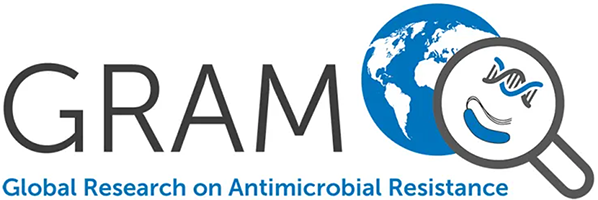Oseltamivir is adequately absorbed following nasogastric administration to adult patients with severe H5N1 influenza.
Taylor WRJ., Thinh BN., Anh GT., Horby P., Wertheim H., Lindegardh N., de Jong MD., Stepniewska K., Hanh TT., Hien ND., Bien NM., Chau NQ., Fox A., Ngoc NM., Crusat M., Farrar JJ., White NJ., Ha NH., Lien TT., Trung NV., Day N., Binh NG.
In the absence of a parenteral drug, oral oseltamivir is currently recommended by the WHO for treating H5N1 influenza. Whether oseltamivir absorption is adequate in severe influenza is unknown. We measured the steady state, plasma concentrations of nasogastrically administered oseltamivir 150 mg bid and its active metabolite, oseltamivir carboxylate (OC), in three, mechanically ventilated patients with severe H5N1 (male, 30 yrs; pregnant female, 22 yrs) and severe H3N2 (female, 76 yrs). Treatments were started 6, 7 and 8 days after illness onset, respectively. Both females were sampled while on continuous venovenous haemofiltration. Admission and follow up specimens (trachea, nose, throat, rectum, blood) were tested for RNA viral load by reverse transcriptase PCR. In vitro virus susceptibility to OC was measured by a neuraminidase inhibition assay. Admission creatinine clearances were 66 (male, H5N1), 82 (female, H5N1) and 6 (H3N2) ml/min. Corresponding AUC(0-12) values (5932, 10,951 and 34,670 ng.h/ml) and trough OC concentrations (376, 575 and 2730 ng/ml) were higher than previously reported in healthy volunteers; the latter exceeded 545 to 3956 fold the H5N1 IC(50) (0.69 ng/ml) isolated from the H5N1 infected female. Two patients with follow-up respiratory specimens cleared their viruses after 5 (H5N1 male) and 5 (H3N2 female) days of oseltamivir. Both female patients died of respiratory failure; the male survived. 150 mg bid of oseltamivir was well absorbed and converted extensively to OC. Virus was cleared in two patients but two patients died, suggesting viral efficacy but poor clinical efficacy.

